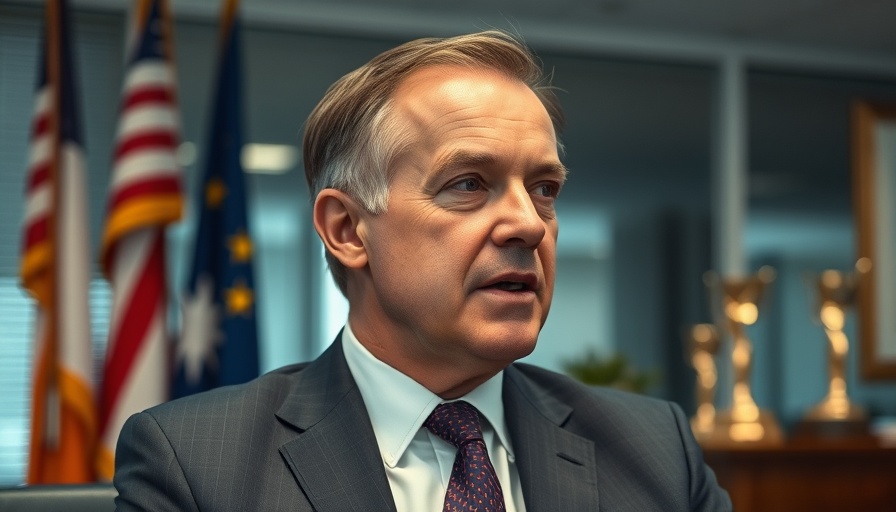
The Crisis at the VA: Staffing Shortages Impacting Veterans' Care
The recent discussions surrounding staffing shortages at the U.S. Department of Veterans Affairs (VA) have sparked serious concerns about the efficacy of support services offered to veterans. During a hearing led by Congresswoman Nikki Budzinski, VA officials revealed troubling statistics regarding personnel reductions at the Office of Information and Technology (OIT). With an unsettling number of over 1,172 employees leaving through early retirement options, one cannot help but question the implications for veterans relying on these services.
In Nikki Budzinski Presses VA Official On Staffing Shortages At VA Office of Information and Technology, the critical staffing issues at the VA were highlighted, prompting a deeper analysis of their implications for healthcare services for veterans.
Understanding the Scope of the Staffing Issues
Budzinski's inquiry highlighted a significant issue: the sheer number of resignations poses a risk to the mission-critical functions of OIT. VA officials acknowledged the concern, yet they emphasized reassurances about operational continuity through reorganization and assessment of existing staff. Understanding and addressing these staffing challenges is critical, as the evaluation of human capital needs can directly affect the quality of services delivered to veterans.
Why These Changes Matter
The impact of staffing shortages at the VA extends beyond operational metrics; it affects real people—our veterans. Inadequate staffing can result in delayed services, leading to unmet healthcare needs for veterans who have already made significant sacrifices for the country. During the hearing, experts pointed out that OIT's strategic workforce plan was notoriously incomplete, lacking a comprehensive inventory of the current workforce skills. Without this foundational understanding, how can the VA reform its approaches to adequately support veterans?
The Path Forward: Recommendations for Improved Workforce Planning
Solutions to these challenges must begin with transparent workforce planning. The GAO’s findings stress the necessity for the VA to establish a clear inventory of capabilities among staff, recognize gaps, and predict staffing needs future-proofing their mission. Congresswoman Budzinski called for actionable data to clarify where these resignations were coming from—a bold and necessary step towards transparency and improved service delivery.
Reorganizing for Efficiency: Can It Work?
VA leadership suggested that ongoing reorganization might provide an opportunity for optimizations and enhancing mission-focused functions. Officials argue that the early retirements allow for a redistribution of tasks and responsibilities, potentially leading to efficient operations. However, caution is required: the challenge remains whether these optimizations will genuinely enhance services or merely offer a facade of organizational efficiency.
A Broader Dialogue: Implications for National Health Care
The discourse surrounding the VA's staffing challenges taps into broader issues within the U.S. healthcare system. For many veterans, the VA acts as a cornerstone of their healthcare experience, and diminishing resources here can amplify fears about the larger systemic issues in healthcare reform. As Congress debates future healthcare policies, one must question whether similar reforms could lead to unintended consequences—as seen at the VA—if not handled thoughtfully.
Conclusion: A Call to Action for Stakeholders
What is evident from the ongoing discussions about the VA is that engaged stakeholders—from Congress to the administration—must take action. The call for improved transparency and commitment to navigating through these staffing issues is vital. Budzinski's continued advocacy for veterans' services must serve as a reminder of how deeply interconnected staffing issues at the VA are with the overall mission of veteran welfare.
 Add Element
Add Element  Add Row
Add Row 



Write A Comment